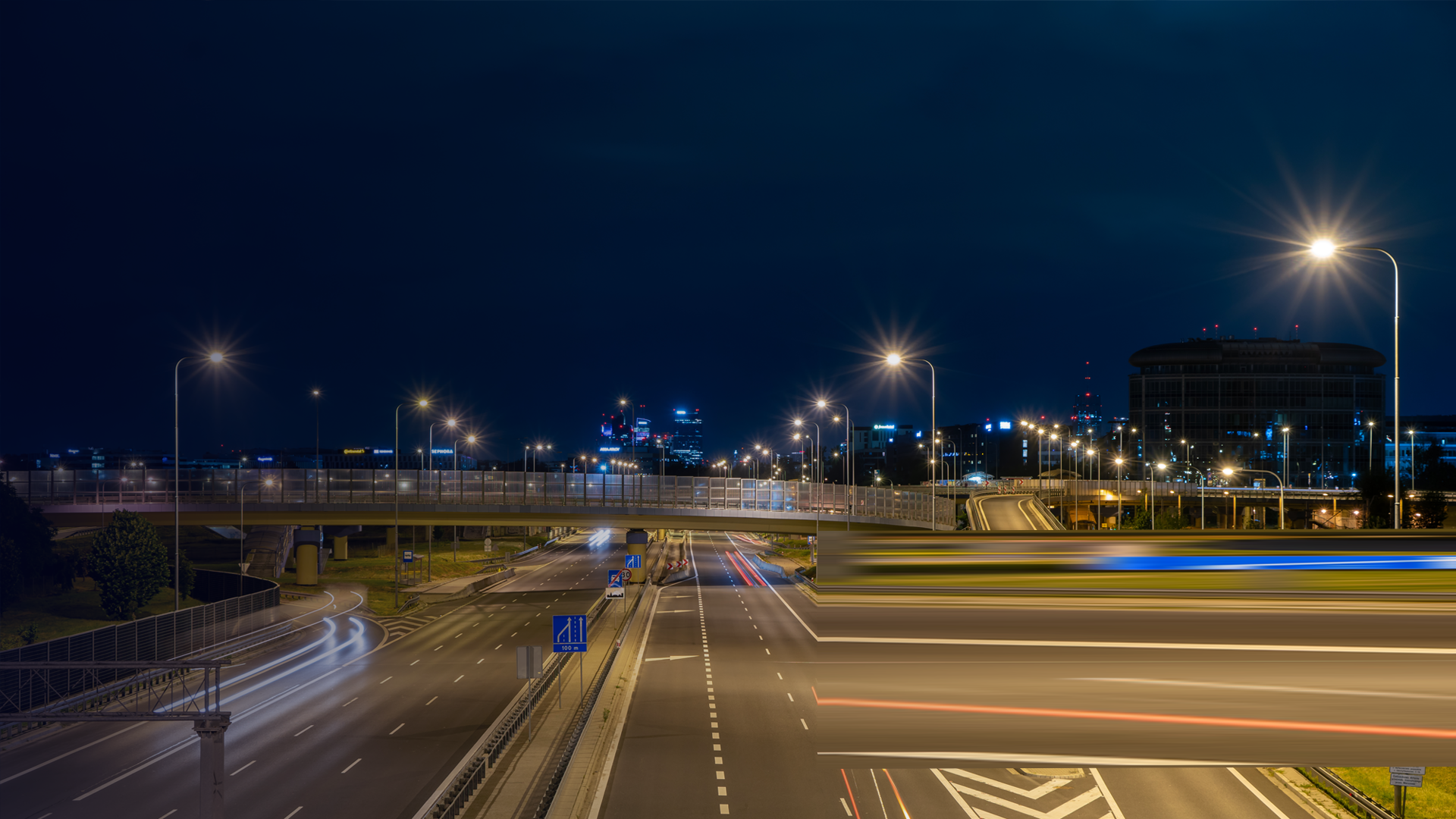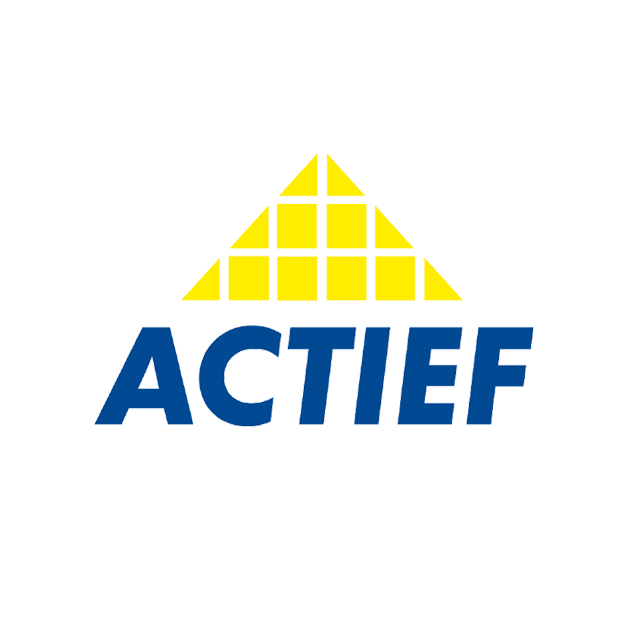A smart and data driven solution for the road lighting on Flemish highways


How can AI help make highways safer, greener, and more cost-efficient? Together with AWV, we explored how smart lighting control can cut energy use and light pollution—without compromising road safety.

Catch up quickly
The Agency for Roads and Traffic (AWV) partnered with ML6 to optimize highway lighting in Flanders using AI. A centralized data lake was created to integrate diverse data sources such as traffic intensity, weather forecasts, and road works. Smart algorithms now generate lighting plans up to 7 days in advance and provide real-time suggestions for unexpected events, including traffic jams and weather conditions. This approach reduces energy consumption, lowers light pollution, and ensures road safety, while also laying the groundwork for future data-driven use cases like salt sprinkling.
About this client
AWV manages 7,000 km of roads and highways and more than 7,700 km of cycle paths in Flanders. Their goal is to provide road users with safe and environmentally friendly mobility. To accomplish this, they work closely with different partners, share information, and employ the best ideas and technology available.
Impact
The Flemish government and the Agency for Roads and Traffic (AWV) are partnering with ML6 to save energy and reduce light pollution on highways. By using one of our powerful AI solutions, AWV will be able to control highway lighting, turning it off when possible and only illuminating areas that need it for safety. This will be done in smaller regions and for shorter periods of time, which will help to save money and protect the environment. As they progress toward fully automatic lighting control, the operator will make data-driven decisions. Finally, we make sure that the project achieves its primary goals of energy savings and reduced light pollution without jeopardizing road user safety.

Challenge
The data we need for our solution comes from different departments and in different formats. However, bringing that data together is difficult due to poor quality or excessive quantity. To solve this, we built a data lake in which we could store all the data in one location, making it easier to use for data engineering. The key challenges are: Decentralization of data, Data quality, Big data, Dependency of other implementation partners. And Gain trust of the end user.
Data Challenges
01The data we need for our solution comes from different departments and in different formats. However, bringing that data together is difficult due to poor quality or excessive quantity. To solve this, we built a data lake in which we could store all the data in one location, making it easier to use for data engineering.
Building Trust
02Another issue to keep in mind is that end users must trust our solution and recognize that it's reliable and helpful. Using a system that combines explainable AI and a human-in-the-loop can help to build that trust.
Solution
To tackle these challenges and improve the way highway lighting is managed, AWV partnered with ML6 to develop a data-driven platform.
Centralizing Data
01To improve the way lighting is switched on Flemish highways, we created a data lake on the Google Cloud Platform. This is how bring together data from various sources, such as traffic intensity, sunrise and sunset, precipitation predictions, and planned road works.
Predictive and Real-Time Algorithms
02Smart algorithms are then trained to predict the road lighting switching plan 7 days in advance, as well as make real-time suggestions based on unexpected events, like traffic jams or meteorological phenomena. For this we take data from e.g. Waze or KMI.
Smart Dimming for Energy Savings
03In addition, all of our switching suggestions include a specific dimming level of the lights based on what is happening. This is an important feature for saving energy.
Finally, this platform also allows for the optimization of other decisions, such as salt sprinkling on highways and cycle paths. The use of DataOps and MLOps best practices helps reduce costs and minimize risks while improving the quality and speed of data analysis. Overall, our innovative solution helps centralize data sources and enable new data-driven and AI use cases for AWV.
Results
For this project, the Agency for Roads & Traffic teamed up with AI specialist ML6. Due to our strong focus on the most recent applied research in artificial intelligence, we were able to provide AWV with unparalleled access to self-learning technology and assist them in meeting their project goals.
Inspired?
Let’s connect and make it happen!
Ready to elevate your AI game? Schedule a meeting with us today and let’s craft a winning strategy together!
Cupcake ipsum dolor sit amet apple pie.
Frequently Asked Questions
Lorem ipsum dolor sit amet, consectetur adipiscing elit, sed do eiusmod tempor incididunt ut labore et dolore magna aliqua. Ut enim ad minim veniam, quis nostrud exercitation ullamco laboris nisi ut aliquip ex ea commodo consequat. Duis aute irure dolor in reprehenderit in voluptate velit esse cillum dolore eu fugiat nulla pariatur. Excepteur sint occaecat cupidatat non proident, sunt in culpa qui officia deserunt mollit anim id est laborum.






